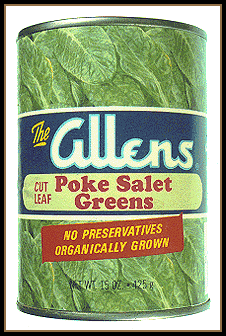I did venture outside a few times to practice with my new camera that I got for my birthday earlier this month. It's a Canon EOS 60D and I haven't mastered it yet, but I'm trying. I found a lot of things in bloom this week as subjects for my fledgling efforts.
The red yucca has been blooming since spring and is now coming to the end of its cycle, but the hummingbirds still visit it every day.
The flame acanthus that I cut back severely just about a month ago has grown out and is blooming again.
'Darcy Bussell' rose had some of its pretty blooms this week.
The variegated abelia was added this spring and I've been very happy with its performance.
The datura continues to amaze me with its nightly heavy load of blossoms.
'Chi Chi' ruellia is pretty in pink, but beware! It reseeds prolifically and can become a pest.
This 'Mystic Spires' salvia blooms by the lemongrass next to the pond.
Fitting in with my theme of orange blossoms in August are the 'Tropicannas.' We love them for their colorful leaves but their tropical-looking blooms are hard to ignore.
Still more orange - 'Pride of Barbados.'
In the wild hedgerow along the back fence, the elderberries are ripe and ready for the birds.
The muscadines aren't ripe but they hang heavy on their vines.
Beautyberries are well-named, I think.
Many years ago, I got some seeds of cypress vine from my late mother. The plants reseed every year and whenever I see them blooming, I think of her.
I believe this wild interloper in my garden is marsh fleabane (Pluchea purpurascens). I quite like it and so do the butterflies. I'm glad I decided to let it stay.
The 'Lady of Shallott' rose has been a bit of a disappointment so far. She hasn't bloomed as prolifically as I would have liked. But this week she has blooms and more buds, so maybe I was just a mite too impatient with her.
This sunny yellow hibiscus has certainly not disappointed.
The Hamelia blossoms were covered in many varieties of native bees this week, much to the chagrin of the hummingbirds that wanted to feed from them. Incidentally, I have seen very, very few honeybees all year long, but my native bees seem to be thriving here.
In the wild hedgerow, the bright blossoms of the native trumpet vine stand out.
I'm beginning to feel a little more comfortable with this camera. Maybe next week I'll try my hand at bird photography.
And next week I hope the weather conditions will be a bit more conducive to spending time outside.
Happy gardening!



